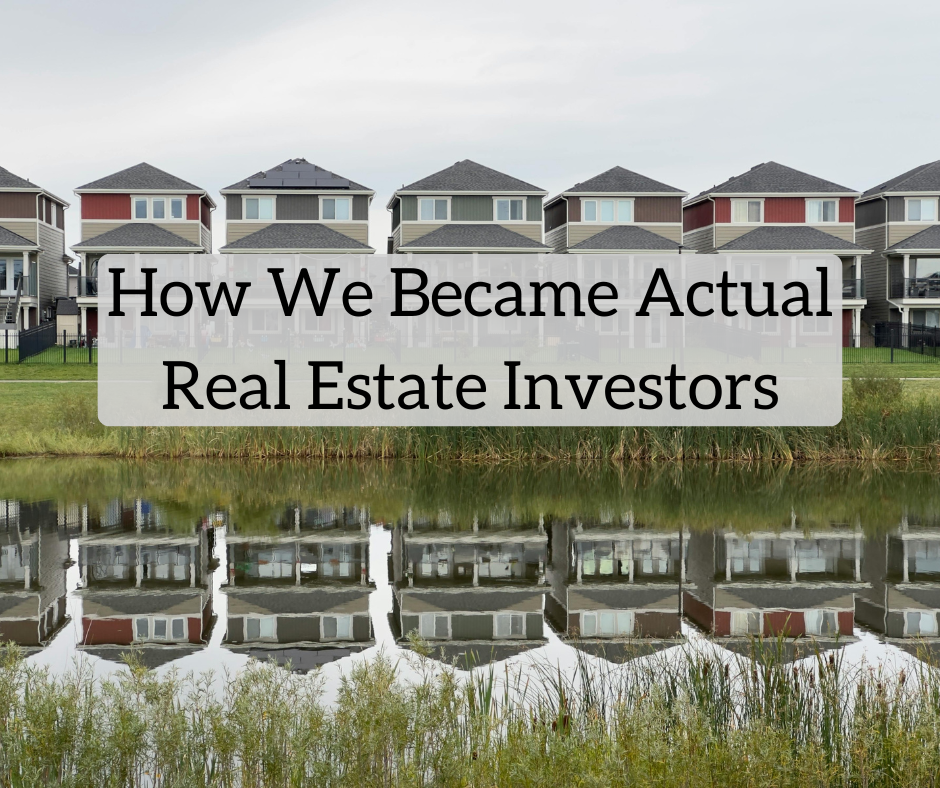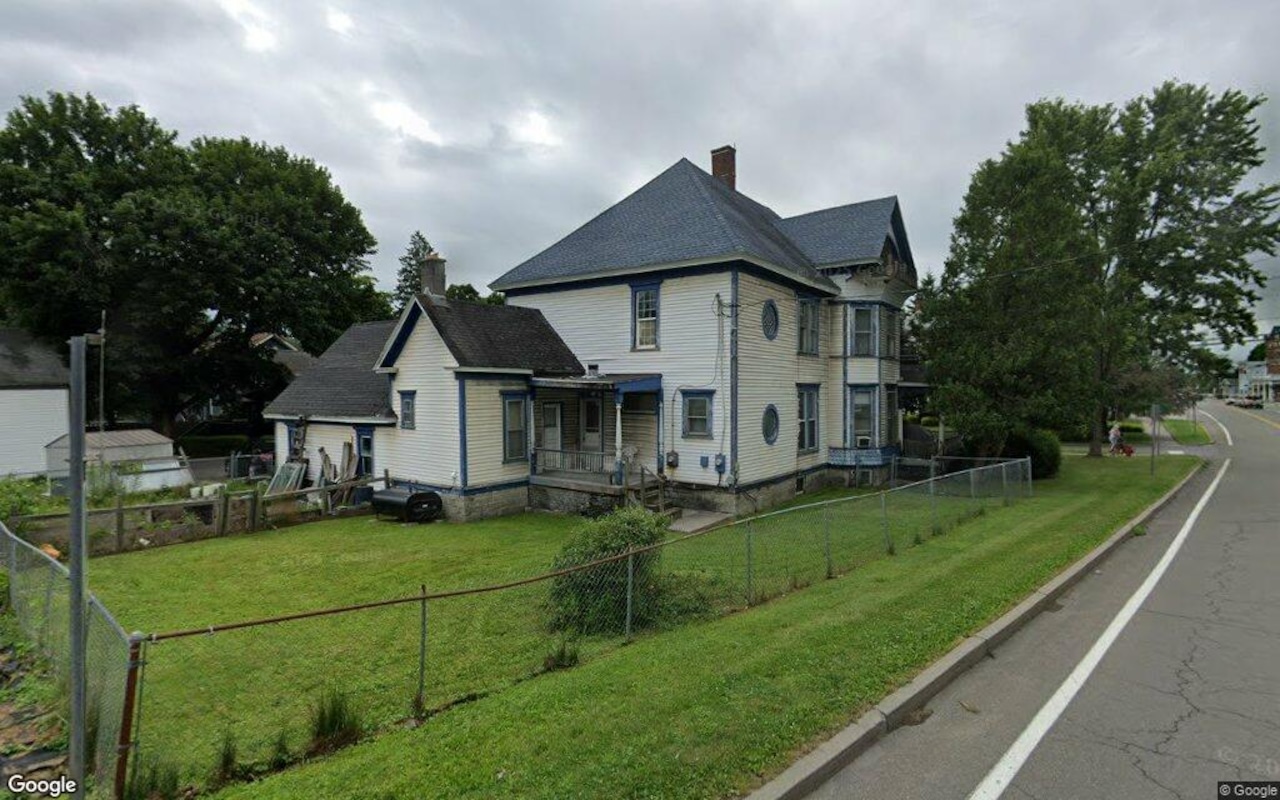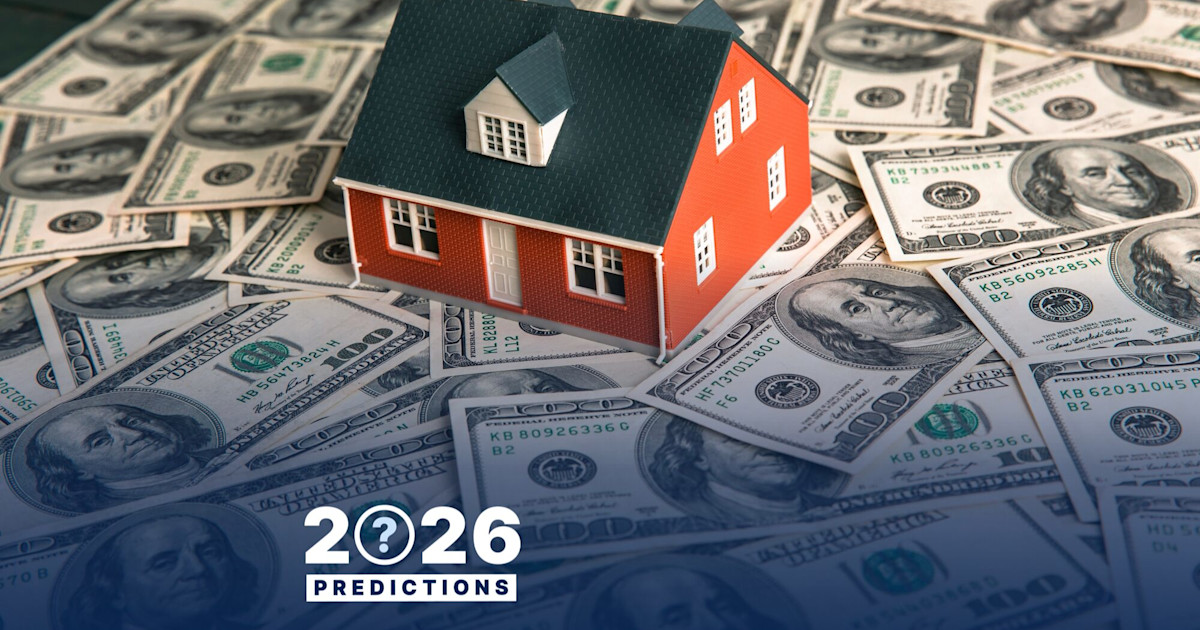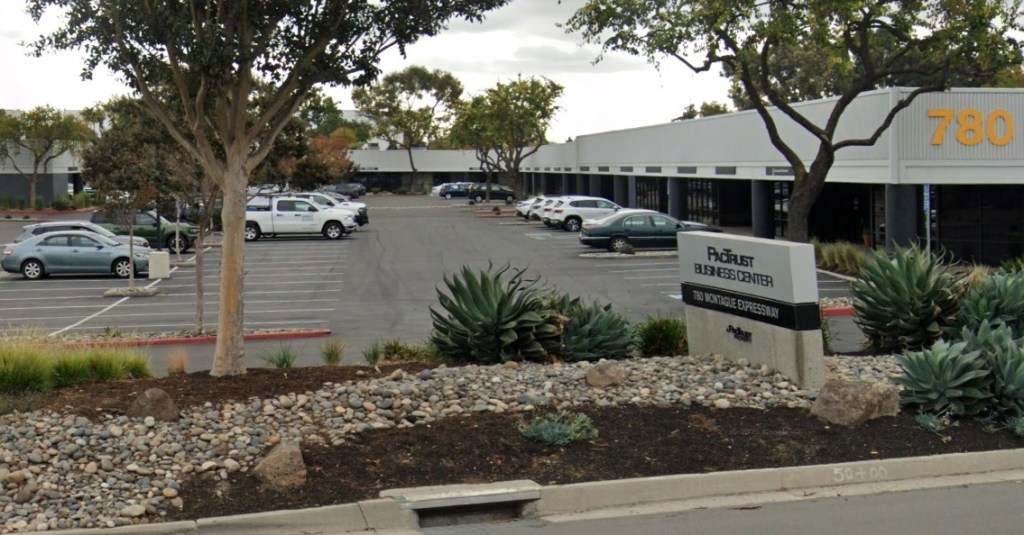F
or years my husband and I have been intrigued by real estate, drawn by the usual perks: tax breaks, passive income, diversification. We’d already dabbed in REITs—stocks that look like property but lack the tax perks of owning land—and in 2023 we purchased the office building that houses my husband’s practice. Until this year, however, we had never owned a property bought solely to rent out.
In April 2025 we finally found a duplex that ticked every box. By June we closed and officially became landlords. Below is a recap of how we approached the market, why we avoided certain strategies, and the numbers that convinced us this was the right move.
---
### Why We Steer Clear of Certain Real‑Estate Paths
**Remote Buying**
The hype around buying property from afar—often sight‑unseen—has been loud on REI sites, podcasts, and forums. Headlines promise “next hot cash‑flow market.” I’m skeptical for three reasons: (1) if a market were truly that attractive, insiders would already be investing; (2) no one can guarantee a market’s performance; and (3) I need to understand a market intimately before committing. Real estate is local, sometimes hyper‑local; a block can mean the difference between profit and loss. Vermont, where we live, isn’t a magnet for big investors because prices are high relative to the Midwest and South, but I know the neighborhoods, have a local lawyer, a lender, and a reliable contractor—Kyle. Finding such a network elsewhere would be a challenge.
**Passive Funds and Syndications**
Funds that build, flip, or rent properties across the country promise high returns with minimal effort. I distrust them because they’re lightly regulated. If the sponsor mismanages the project or a market shift hits, investors can face capital calls or total loss. Many sponsors I’ve examined have only been in business a few years and haven’t survived downturns. Their projects are spread nationwide, which again defeats the local‑knowledge advantage I value.
**Short‑Term Rentals (STRs)**
STRs can be lucrative, especially in the South and West, and offer tax benefits with fewer hours of involvement than long‑term rentals. However, they essentially run a hospitality business—something I’m not interested in. Vermont’s appeal lies in skiing, ice cream, and picnics with golden retrievers, not in hosting transient guests.
**Appreciation‑Only Strategy**
In expensive markets, finding a rental that covers mortgage and taxes is tough. Some investors buy elsewhere or stay local hoping for appreciation. I’m not a fan of a strategy that drains cash flow or relies on perpetual market growth. I prefer properties that generate positive cash flow from day one.
---
### Our Own Investment Criteria
1. **Unit Count** – 2 to 4 units. Anything above four is considered commercial and requires a commercial mortgage, which typically has a five‑year fixed rate and a balloon payment. For my first venture, I wanted to stay in the residential loan space, though we ended up with a 20‑year commercial loan because the terms were better.
2. **Minimal Renovation** – I’m too busy with golden retrievers to tackle a fixer‑upper. The property should be move‑in ready or require only cosmetic updates.
3. **Cash‑Flowing** – I used a free online spreadsheet to calculate potential returns. I looked at current rents or local averages and aimed for at least a 7% capitalization rate. The 1% or 2% rule is a starting point, but local data gives a clearer picture.
---
### The Hunt and the Deal Funnel
After setting my criteria, I began scanning listings as interest rates rose and the market tilted toward sellers. Over the past five years, I reviewed dozens of properties, but only a handful warranted a deeper dive. I set up alerts on realtor.com, filtered by my parameters, and ran numbers on roughly 10% of the listings. This “deal funnel”—starting broad and narrowing to a single property—is standard practice among serious investors.
When we finally found a duplex that met our standards, we moved quickly. The tenants paid all utilities, which boosted the bottom line. Here are the key figures from our spreadsheet:
- **Capitalization Rate (Cap Rate): 8%**
Net operating income divided by purchase price, expressed as a percentage. It’s the return you’d get if you paid cash.
- **Cash‑On‑Cash Return: 4.34%**
Annual cash flow (including mortgage payments) divided by the initial equity invested. It reflects the impact of financing.
- **Annual Cash Flow: $5,964**
The amount we pocket each year after all expenses.
- **Return on Equity (ROE): 26.64%**
Total return (cash flow, tax savings, debt reduction, appreciation) divided by equity invested. This metric matters if you’re buying for appreciation as well as cash flow.
While a 4% cash‑on‑cash return may seem modest compared to stock market gains, the cap rate and ROE show the property’s long‑term potential. Real‑estate growth comes from rising rents and portfolio expansion, not instant high yields.
---
### Unexpected Twist
On June 20, a tenant was arrested during a federal drug and firearms raid. We added a local lawyer, Marc, to our team to navigate the legal fallout. Despite the hiccup, the property remains a solid investment.
---
### Next Steps and Resources
If you’re curious about private real‑estate investing, consider subscribing to the White Coat Investor Real‑Estate Newsletter for tips and new opportunities. Below are a few partners who offer funds and syndications—do your own due diligence before investing:
- **Goodman Capital** – $100k minimum, single/multi‑family focus.
- **DLP Capital** – $100k minimum, multi‑family focus.
- **Southern Impression Homes** – $80k minimum, turnkey single/multi‑family.
- **MLG Capital** – $50k minimum, multi‑family focus.
- **Mortar Group** – $50k minimum, multi‑family syndication.
- **Black Swan Real Estate** – $25k minimum, multi‑family focus.
These are introductions, not recommendations. Most require accredited investor status.
---
### Final Thought
Would you prefer direct ownership or passive syndications? Have you ever bought a property solely for rental income? Share your experience and how you made the numbers work.















